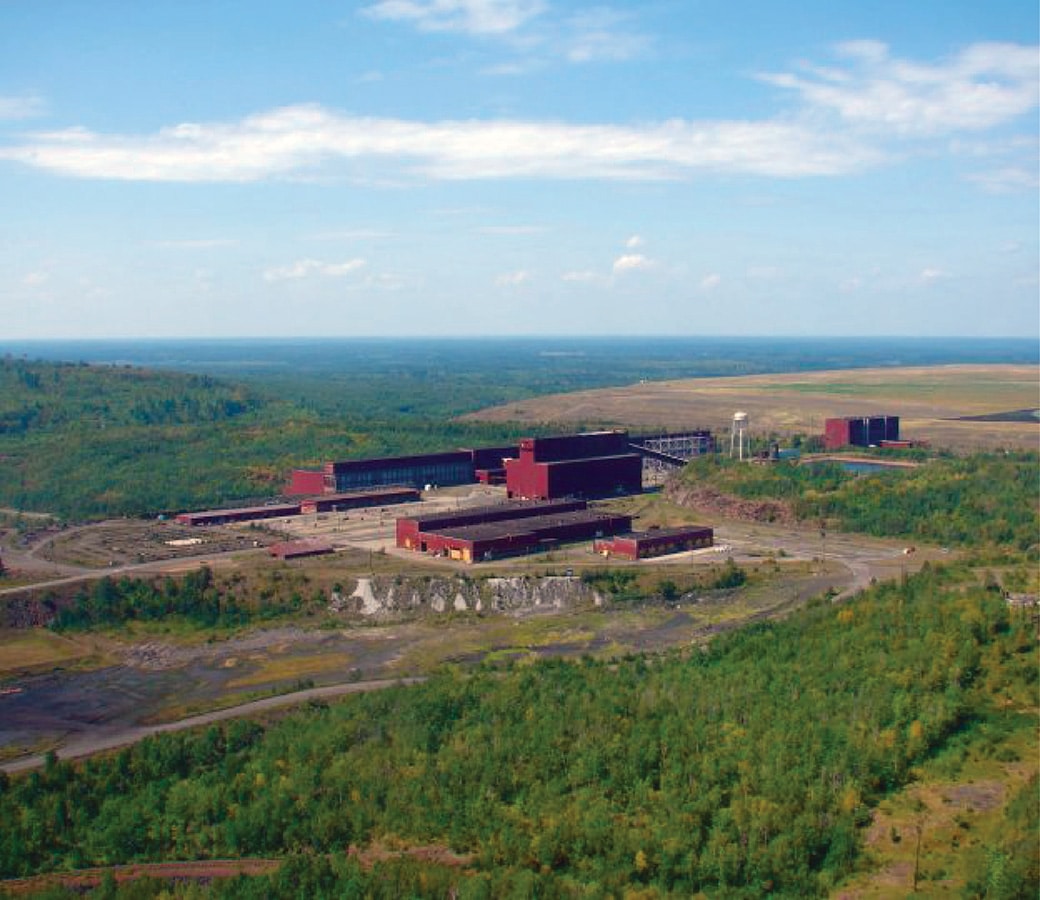The Boundary Waters Canoe Area Wilderness (BWCAW) covers 1 million acres with over 1,100 lakes along 150 miles of the Minnesota-Canada border. Get the latest news on BWCA regulations, the mining debate, wildlife, trail conditions, camping permits and more.
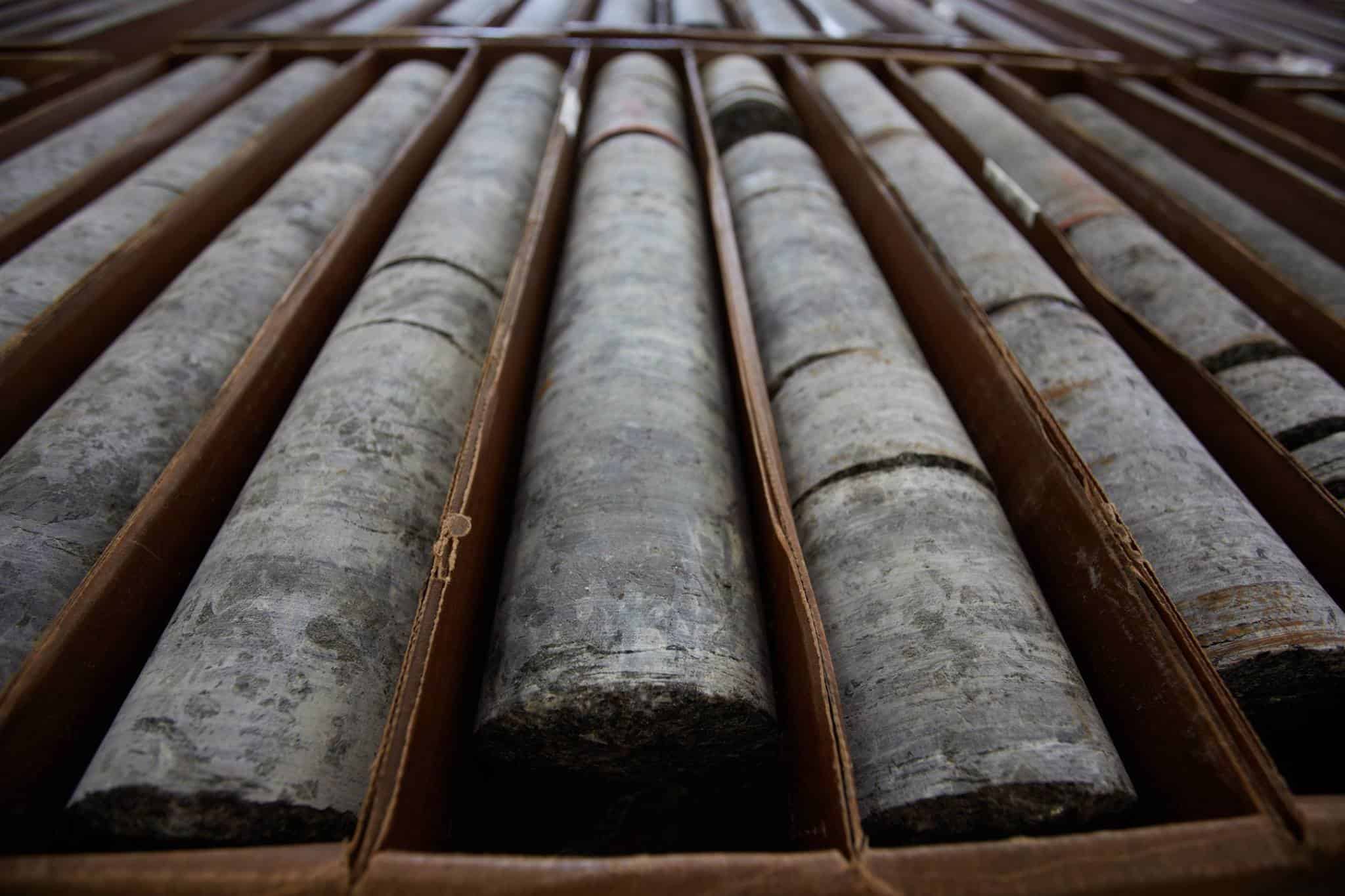
Twin Metals submits plan for exploratory drilling near BWCAW
Chilean company Franconia Minerals, a subsidiary of Twin Metals, recently submitted a proposal to the Minnesota DNR to begin exploratory drilling for metallic minerals near the Boundary Waters Canoe Area Wilderness. Environmentalists and other groups oppose the plan. They argue it is an early step toward mining that would cause pollution and damage wilderness areas.
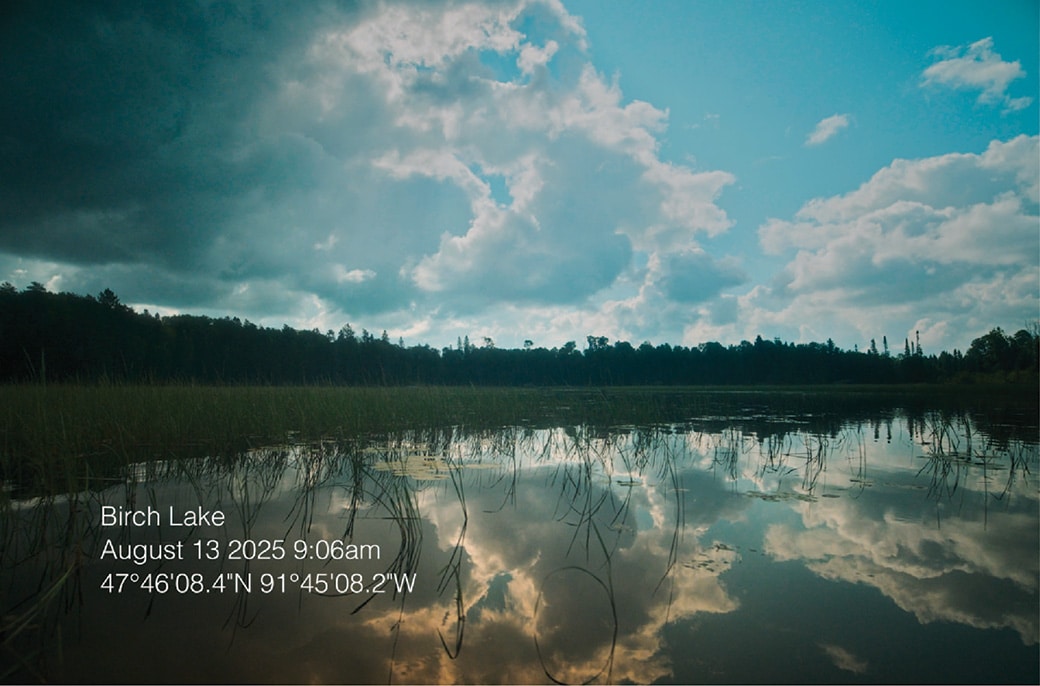
Film project documents watersheds threatened by Twin Metals mine
Cinematographer Alex Horner captures the wild beauty of watersheds near the proposed Twin Metals mine, just south of the Boundary Waters. His short films document what could be lost if copper-nickel mining reshapes one of Minnesota’s most pristine regions.
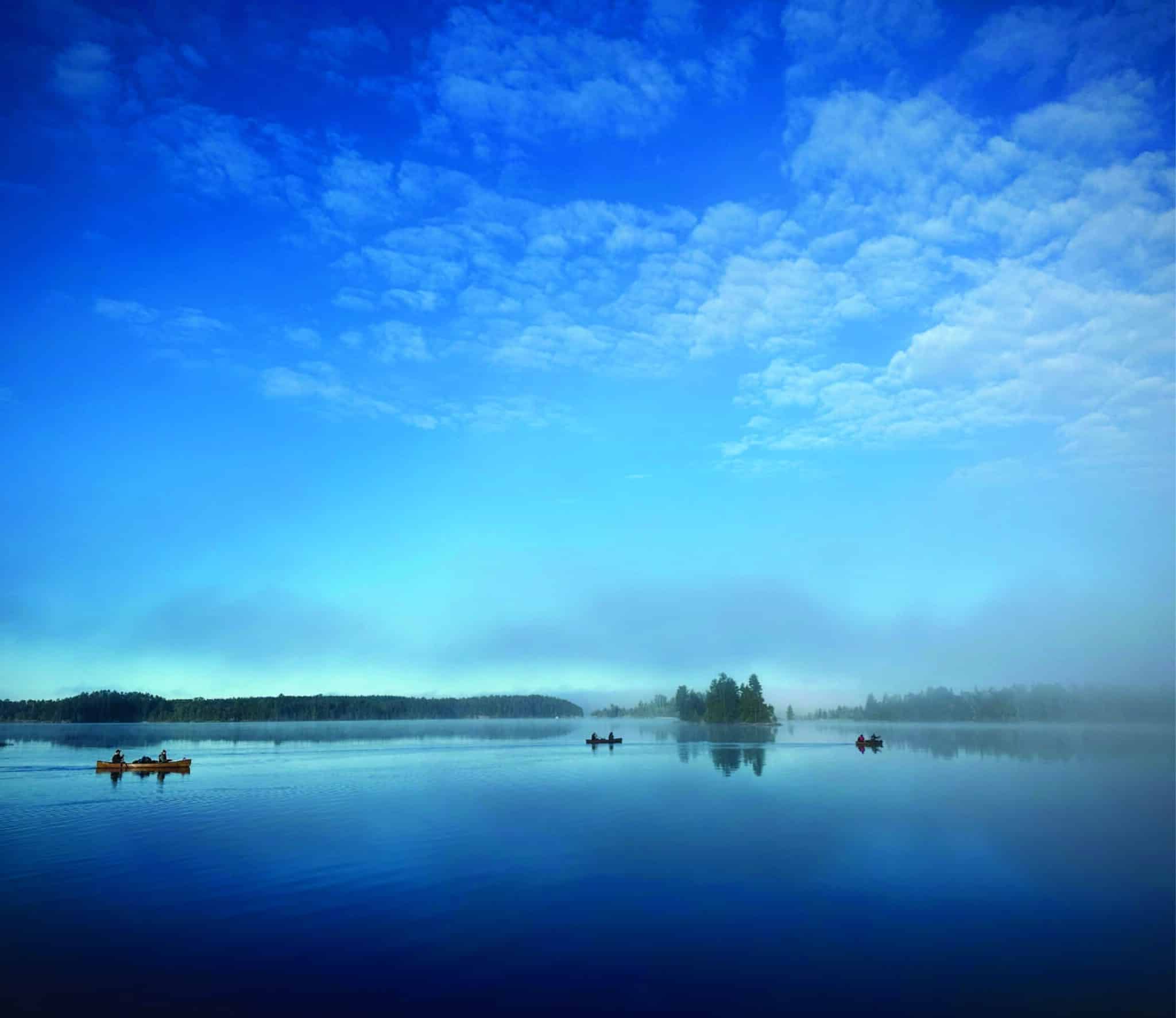
Border bill could reshape Boundary Waters Canoe Area Wilderness
A new bill could permanently alter how the Boundary Waters’ border with Canada is patrolled. Republican Senator Mike Lee of Utah recently introduced the Border Lands Conservation Act, which would allow the federal government to expand border patrol operations using tactical infrastructure and surveillance systems.

Remote Area Border Crossing permits on pause for Quetico
We recently contacted Canadian authorities for an update on the Remote Area Border Crossing Permit Program, which is still on pause. This impacts visitors traveling between the Boundary Waters Canoe Area Wilderness and Quetico Provincial Park.

Hidden gems: Rare flora of the Superior National Forest
Throughout the Superior National Forest, small microhabitats harbor rare plants that usually grow in other climates. Many thrive in the narrow margins created by the cool, moist climate of Lake Superior and the surrounding boreal landscape. We highlight ten hidden gems that face threat from human activities and environmental changes.
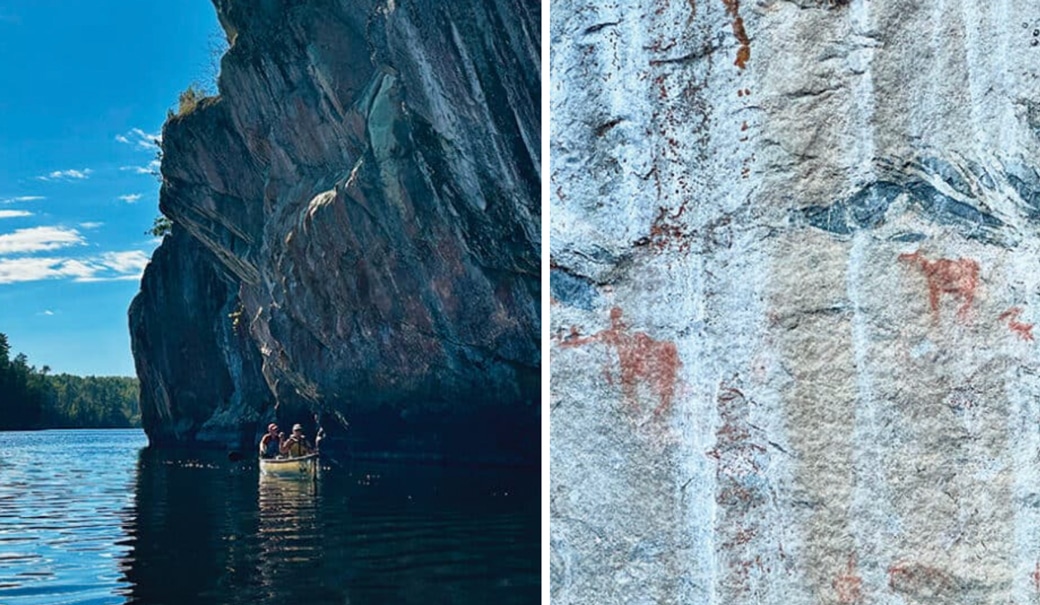
Paddling through time: visiting Crooked Lake pictographs
Just north of Lower Basswood Falls in the BWCA, a striking set of pictographs appears on a granite wall, one of at least forty sites scattered across the wilderness. These culturally significant images connect deeply to the history of the Anishinaabe people, who regard this land as sacred.
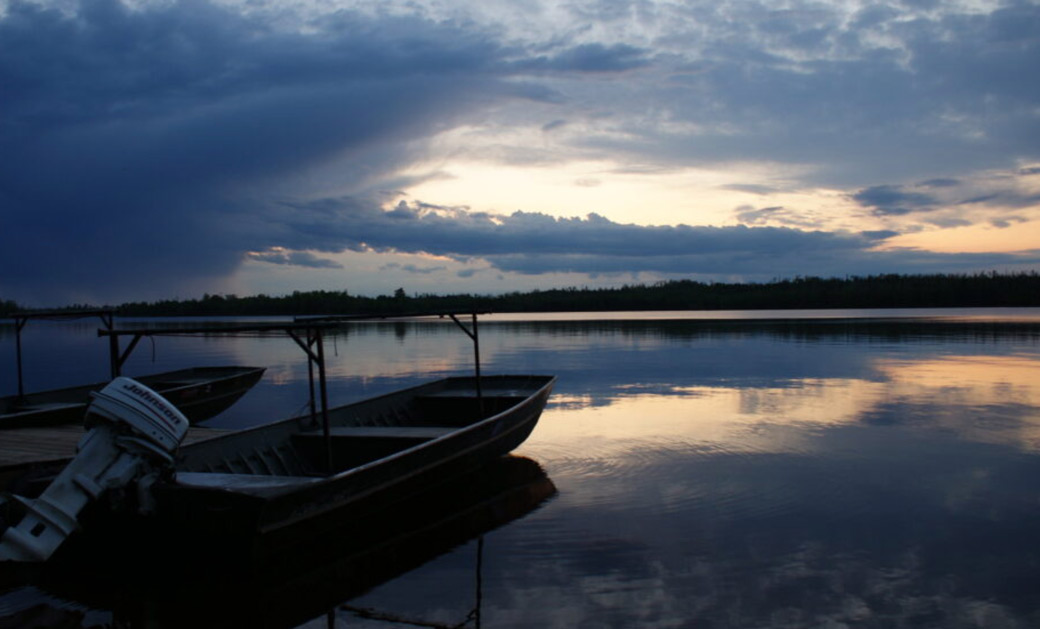
Court upholds current BWCA towboat use, deciding key legal challenge
A federal judge has ruled in favor of the U.S. Forest Service in a lawsuit over motorized towboat use in the Boundary Waters, bringing a resolution to the legal challenge filed …
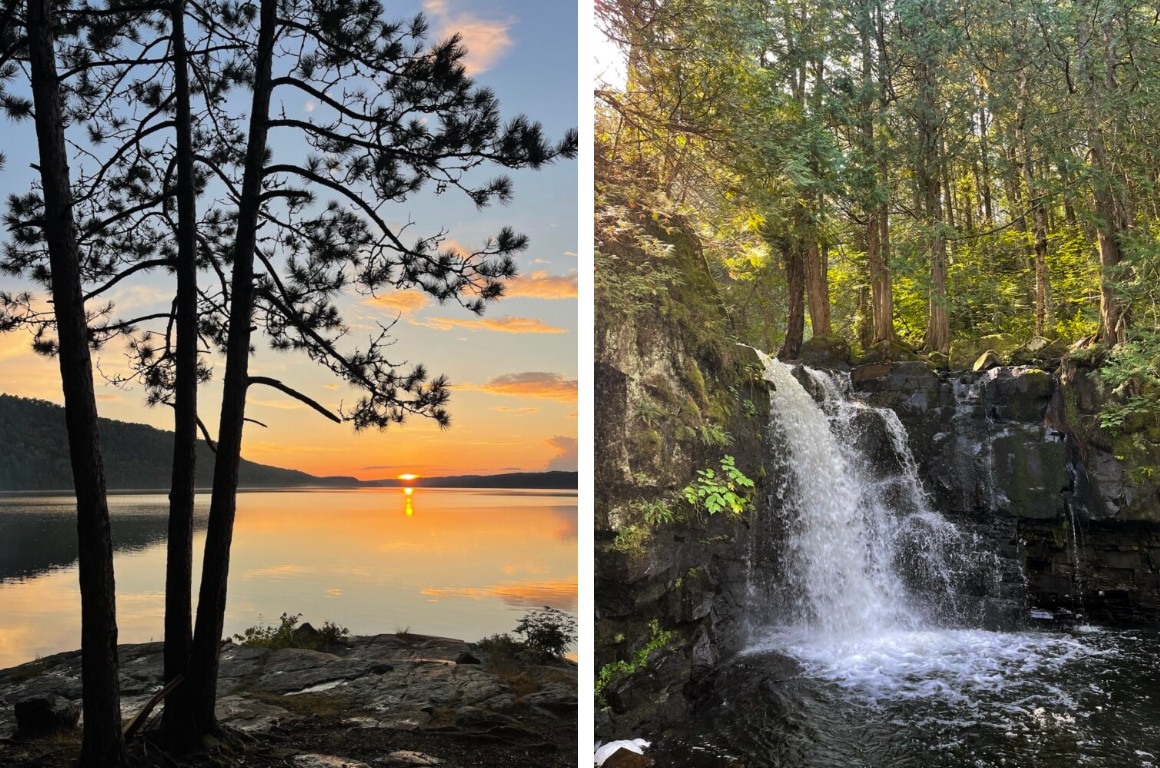
An unforgettable last-minute BWCA trip through Minnesota’s rugged ridges
Sometimes the best adventures aren’t planned months in advance. On a whim, we secured a Boundary Waters permit and found ourselves paddling through Minnesota’s cliff-lined lakes. From calm waters and rugged portages to surprise sunsets and rainstorms, this last-minute trip reminded us that every BWCA journey holds its own unforgettable magic.
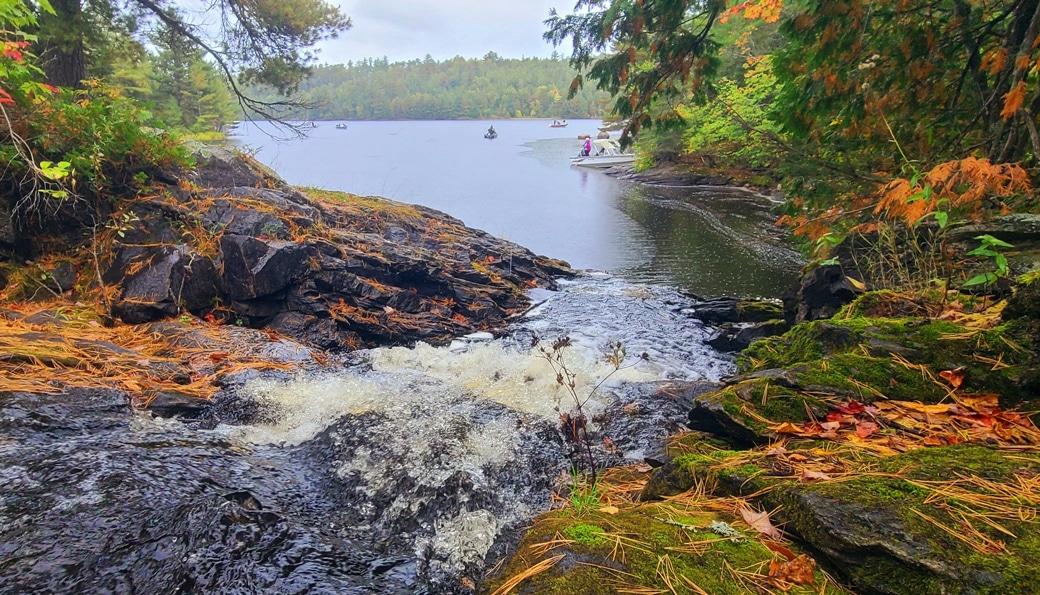
How a government shutdown affects your visit to the North Shore and Boundary Waters region
Does the government shutdown have you worried about your travel plans? If you’re heading to Minnesota’s North Shore and Boundary Waters region, you’re right to wonder how it might affect your trip.
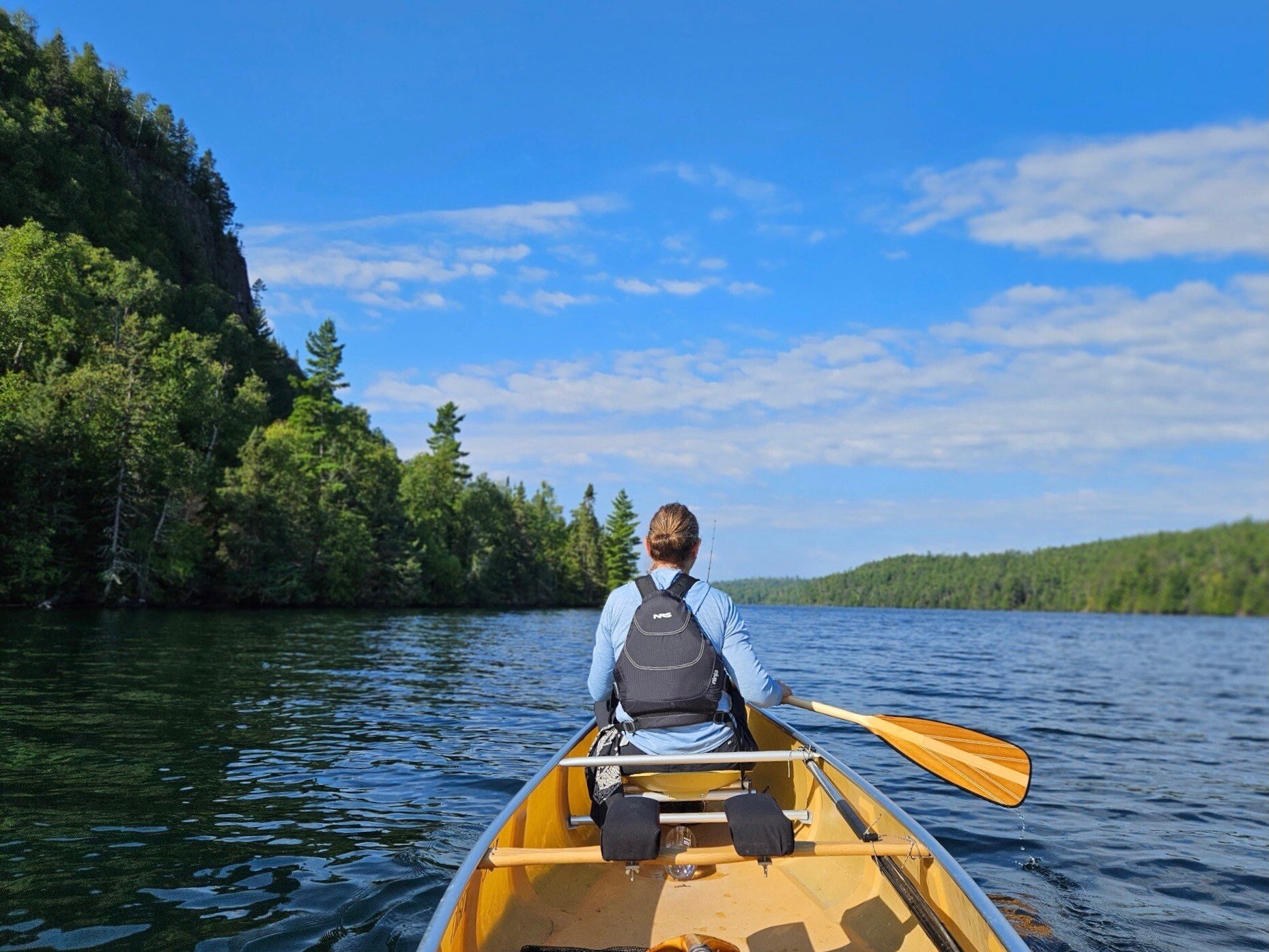
How to Plan an Incredible Last-Minute BWCA Trip
Think it’s too late to plan a Boundary Waters trip? Think again. With the right maps, resources, and a little flexibility, you can plan an unforgettable last-minute BWCA adventure. From securing permits to packing smart, here’s how to make it happen.

How would reversing the Roadless Rule affect the Superior National Forest?
U.S. Agriculture Secretary Brooke L. Rollins recently announced plans to withdraw the 2001 Roadless Area Conservation Rule, which protects 59 million acres of National Forest from new roads and timber harvests. In Minnesota, many of these areas border the BWCA. If implemented, the change could significantly affect how parts of the National Forest are managed.
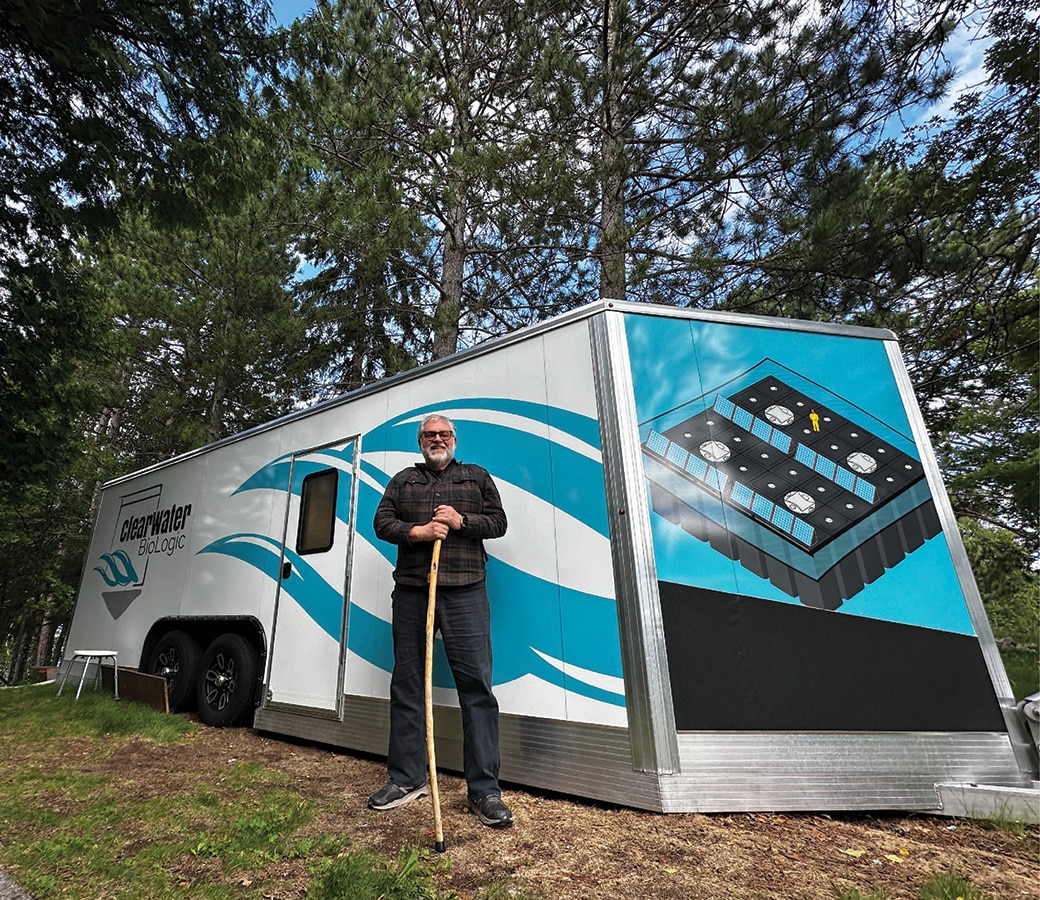
New technology may fight sulfate pollution near BWCAW
Near Birch Lake Reservoir, Jeff Hanson’s mobile lab is testing a potentially proven, cost-effective method to remove sulfate from watersheds flowing into the Boundary Waters. This pollution, a byproduct of taconite mining, harms humans and contributes to toxic mercury levels in fish.
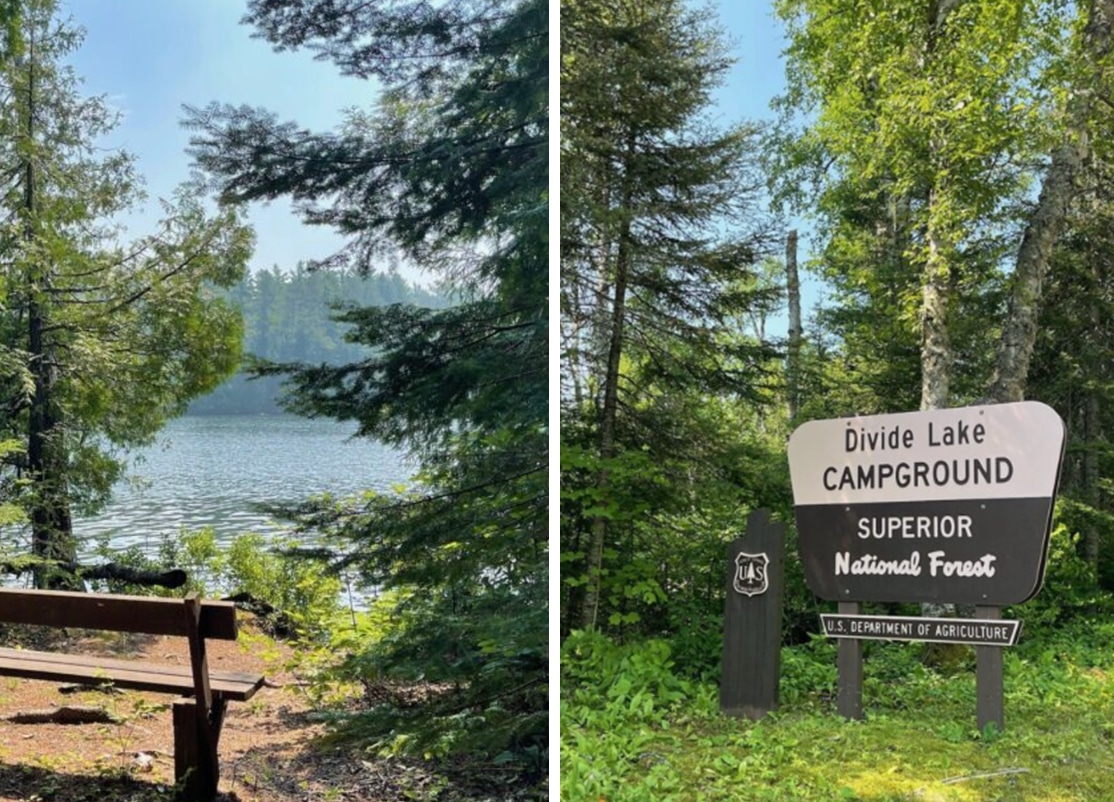
Savoring Peace and Solitude on the Divide and Eighteen Lake Hiking Trails
The Eighteen Lake and Divide Lake Trails can be found in the Superior National Forest, not too far from Highway 1 near Isabella. Its possible to hike both trails in a day and enjoy the Boundary Waters landscape and end the day with a sunset picnic.
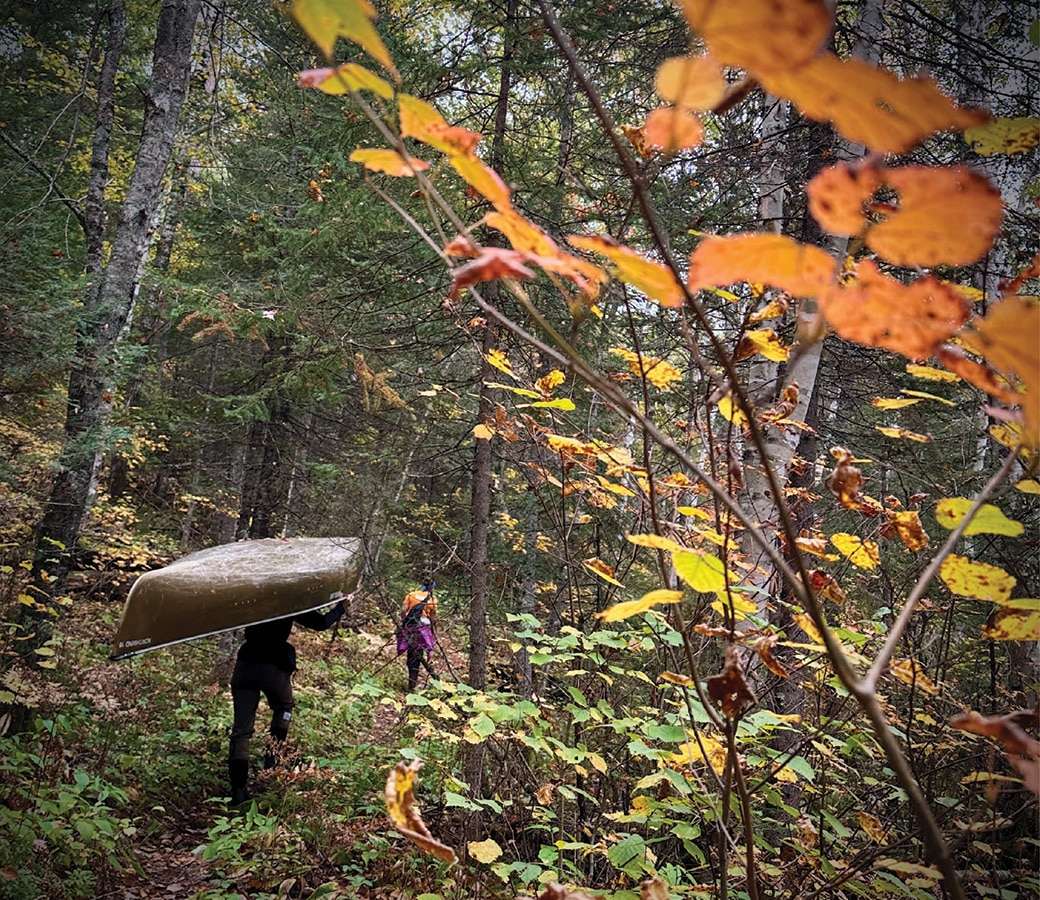
Chasing fall in the BWCAW: tips for planning a safe and comfortable canoe trip
A slight chill hangs in the air. Maple trees begin turning deep red at their tips. Fall settles into the BWCA, bringing solitude and silence. Our top tips to help you plan a canoe trip and enjoy one of the best times to explore the northwoods.
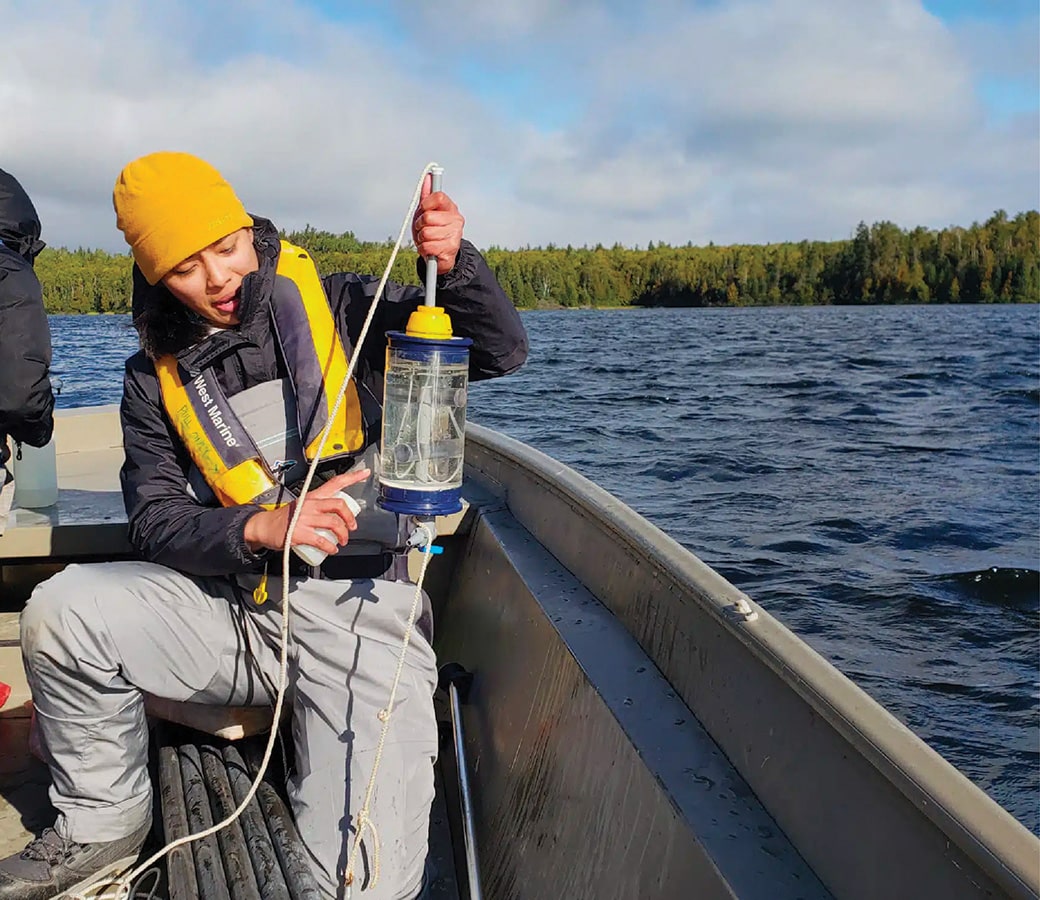
Tackling the rise of toxic algae in Minnesota wilderness waters: what does it mean for visitors?
Blue-green algae is spreading in BWCAW lakes. A $1.3 million grant will be used to study its impact. While visitors should assess their own risk, the researchers also provide tips to help limit exposure.
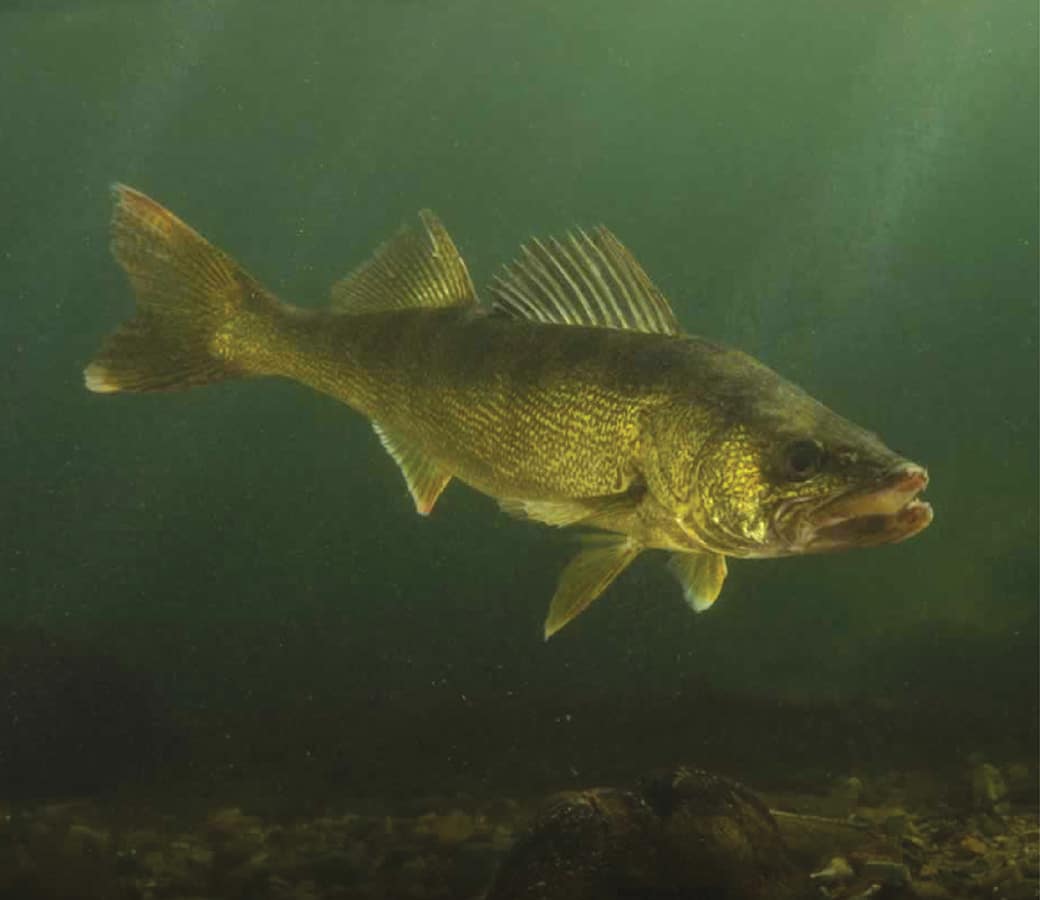
Mining activities increase mercury levels in Minnesota game fish, researchers say
The Northern Lakes Scientific Advisory Panel reports that walleye in Crane Lake, gateway to Voyageurs National Park, contain four times more mercury than those in nearby unimpaired lakes. Upstream sulfate pollution from taconite mines may be to blame.
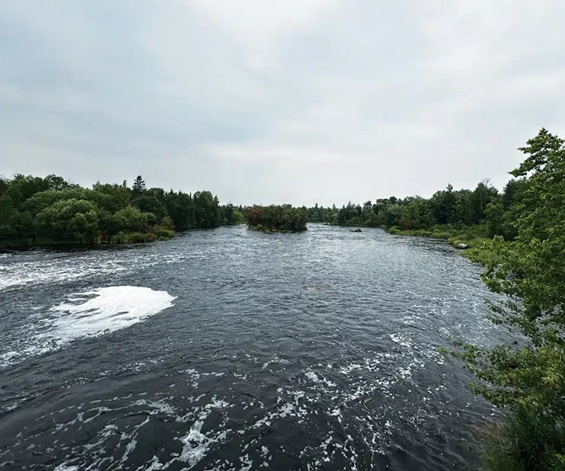
Officials lay more groundwork to reinstate mineral leases near BWCAW despite opposition
Legislation introduced in Congress would reinstate Twin Metals Minnesota’s federal mineral leases and reverse the 20-year mining moratorium near the BWCAW.
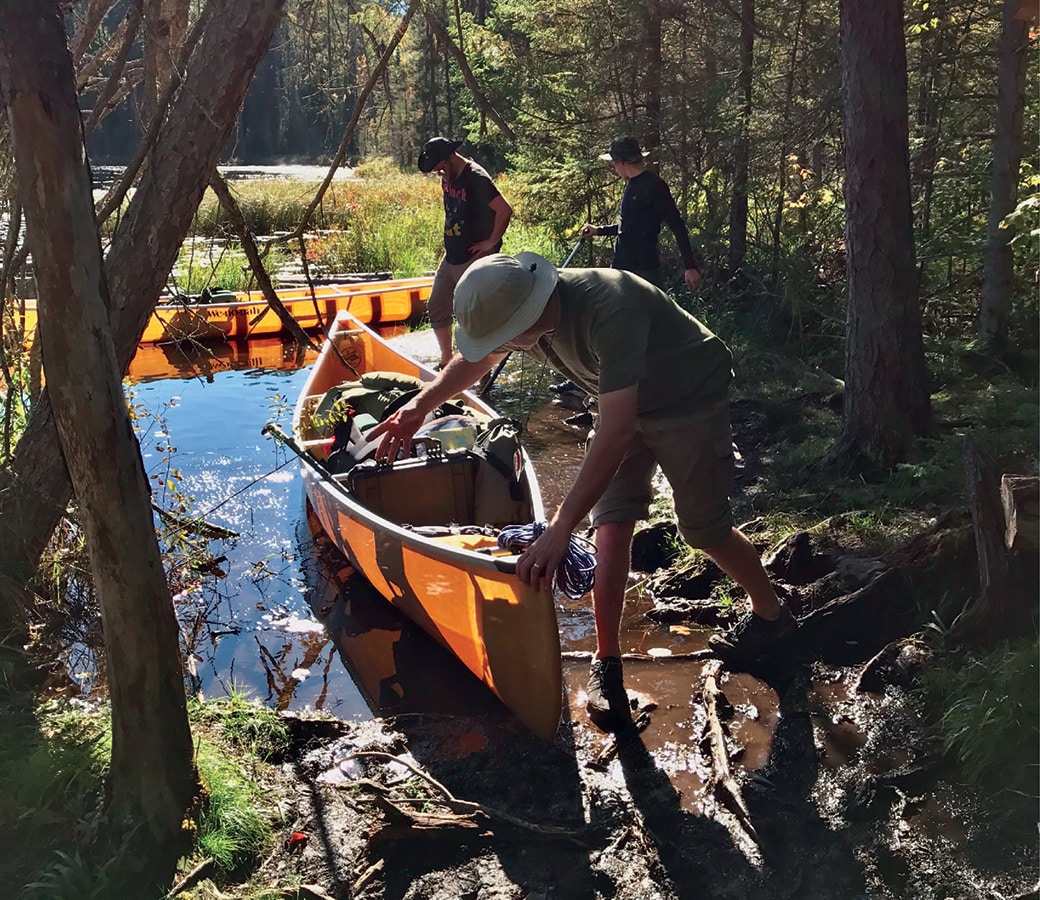
Avoid these rookie mistakes on your next backcountry trip
Test your gear before every trip, consider your backup plan, treat your list like Santa, prepare for bad weather, and a few more mistakes we’ve learned from the hard way…
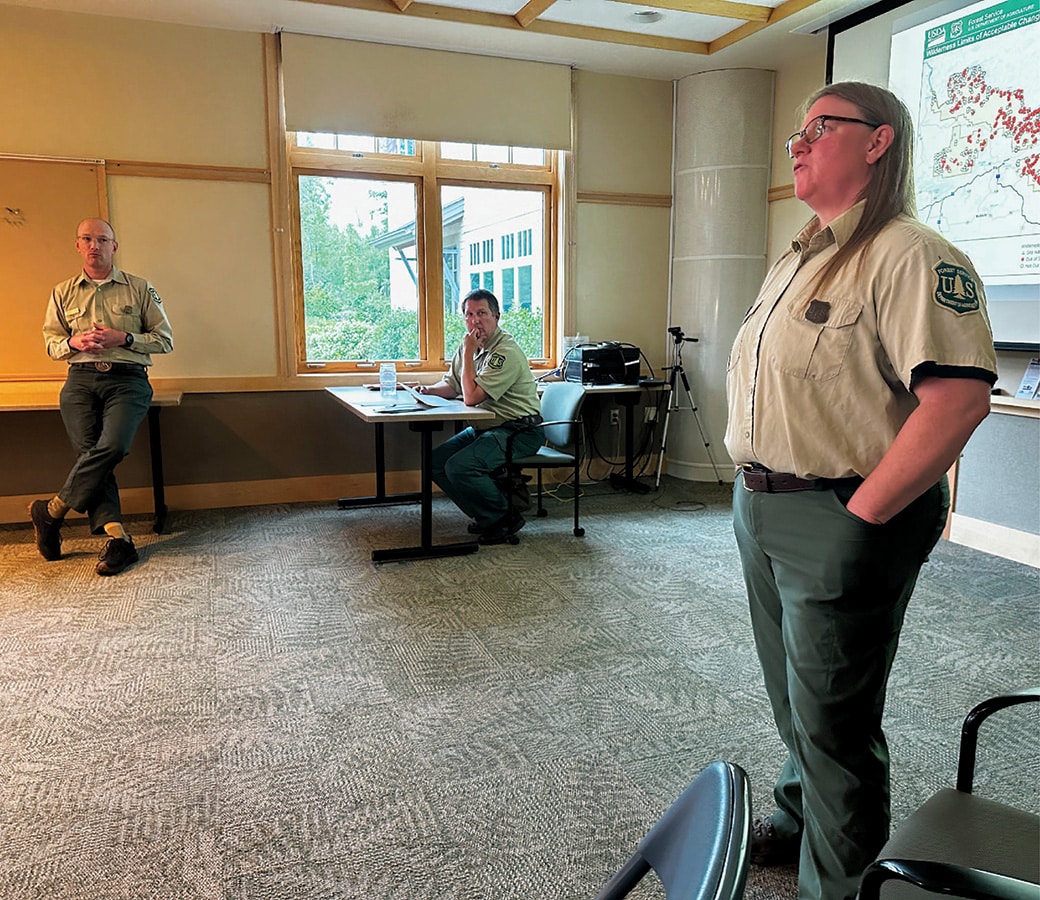
Public weighs in at Forest Service open house on BWCAW fee increase
The USFS has proposed increasing BWCAW recreation fees. Members of the public weighed in at an open house at the Kawishiwi Ranger Station.
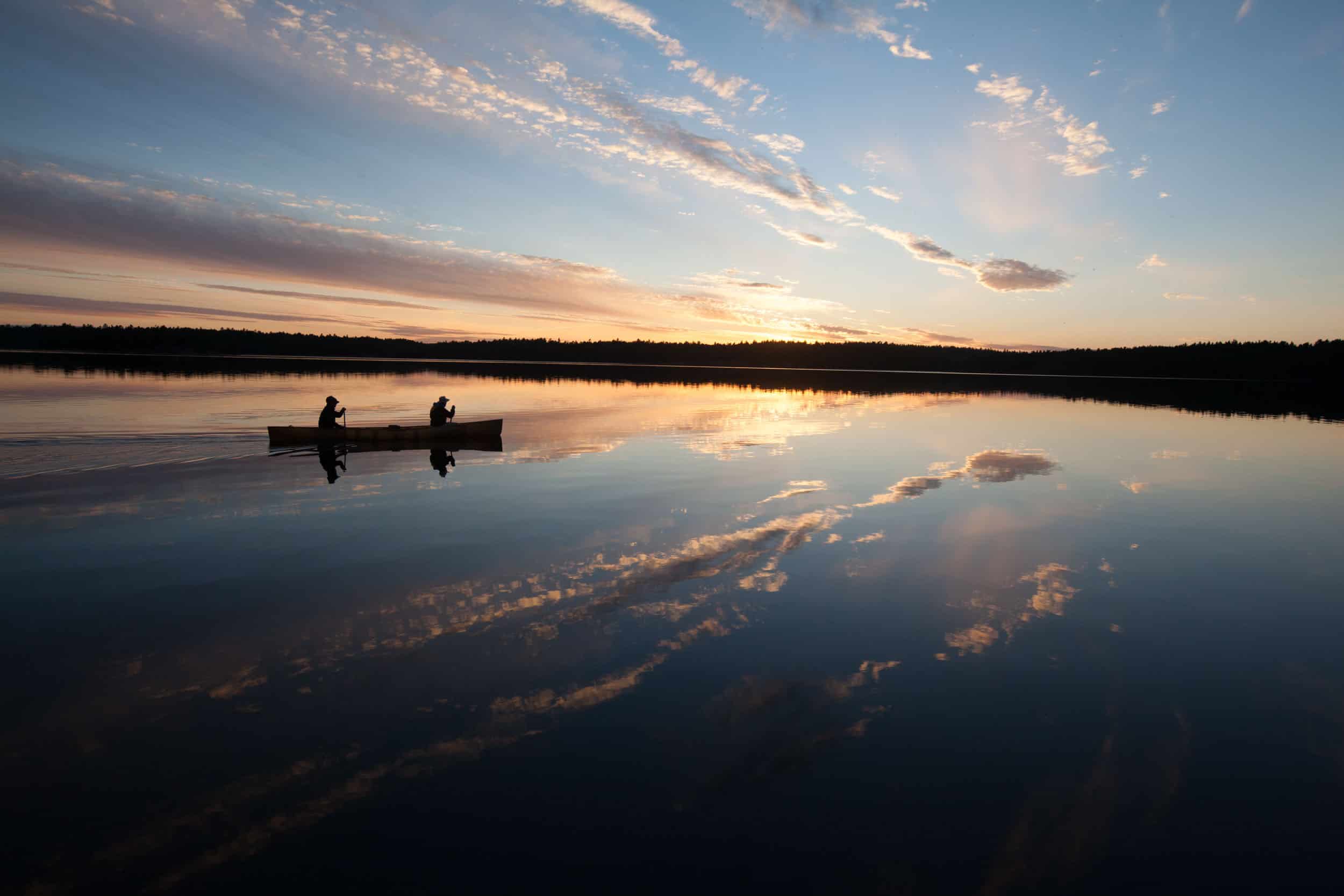
BWCAW visitor use has gone up due to increased interest in day-trips
While the overall number of visitors has remained steady since the pandemic, the number of visitors increased between May 1 and September 30 last year. This was largely due to a rise in day-use (non-motorized) permit reservations. Off-season visits also grew, though summer continues to draw the most traffic.
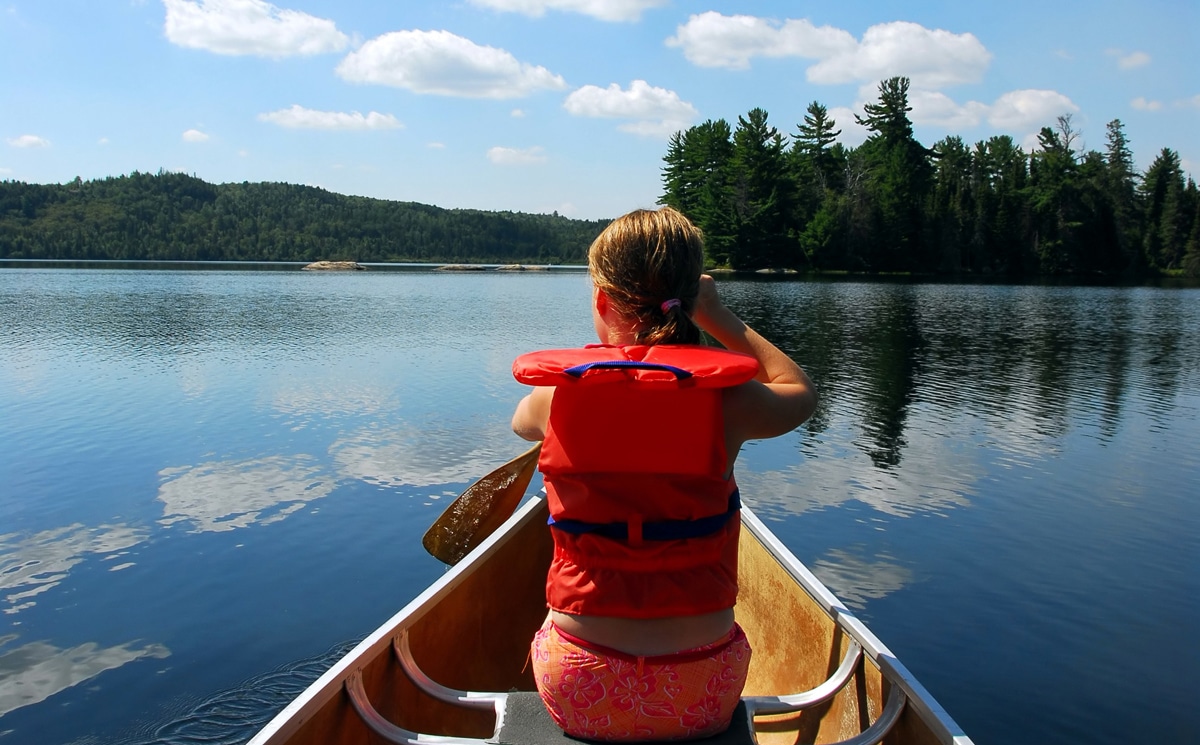
5 fun ways to entertain your family on your Northeast Minnesota camping trip
Dreaming of a family camping trip but want to ensure it’s fun for everyone? Check out these tips to make your next trip your best trip.

Exploring the Primitive Management Areas of the BWCAW
For those who truly want to get off the beaten path, the BWCAW’s twelve Primitive Management Areas (PMAs) offer the most remote and untouched wilderness experience. Exploring these areas involves risk and demands strong outdoor skills with proper planning. Help may be hours or even days away, and local resources are limited.
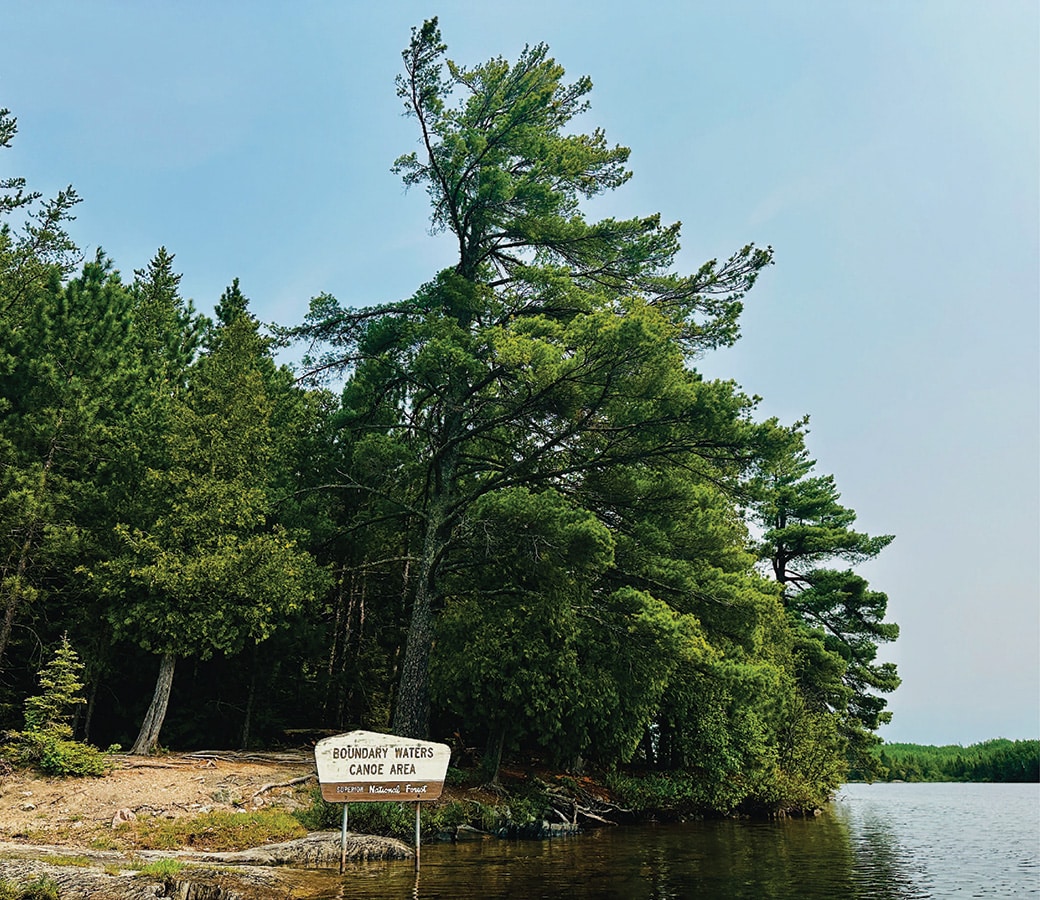
Feds propose increasing Boundary Waters Canoe Area Wilderness user fees
The U.S. Forest Service–Superior National Forest is inviting public comments on a proposal to increase recreation fees in the Boundary Waters Canoe Area Wilderness (BWCAW). The Forest Service would use the additional revenue to improve campsites and portage trails, expand outdoor education programs, and support Search and Rescue operations.

Help count loons in Minnesota this summer
Volunteers are needed to count loons this summer. The Minnesota DNR is seeking people to observe and count the state bird between July 4-14 for their monitoring project. The information gathered will help protect and support the continued health of the birds. Current populations hover around 12,000, more than any other state besides Alaska.
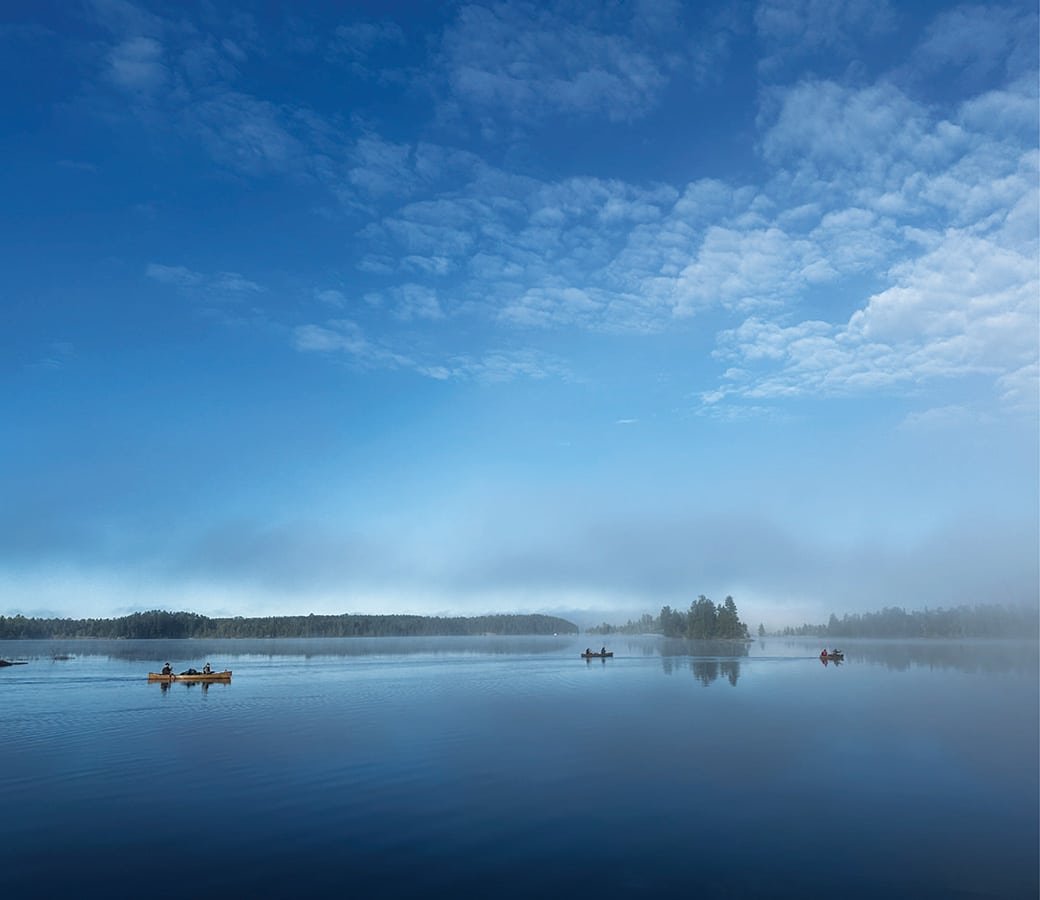
Legislation fast-tracks mining leases near BWCAW
June 11 Update: In a win for wilderness and conservation efforts, Congress is set to remove Section 80131 from the draft budget bill. This section would have directed officials to move forward with reinstating copper-nickel mining leases near the Boundary Waters Canoe Area Wilderness.
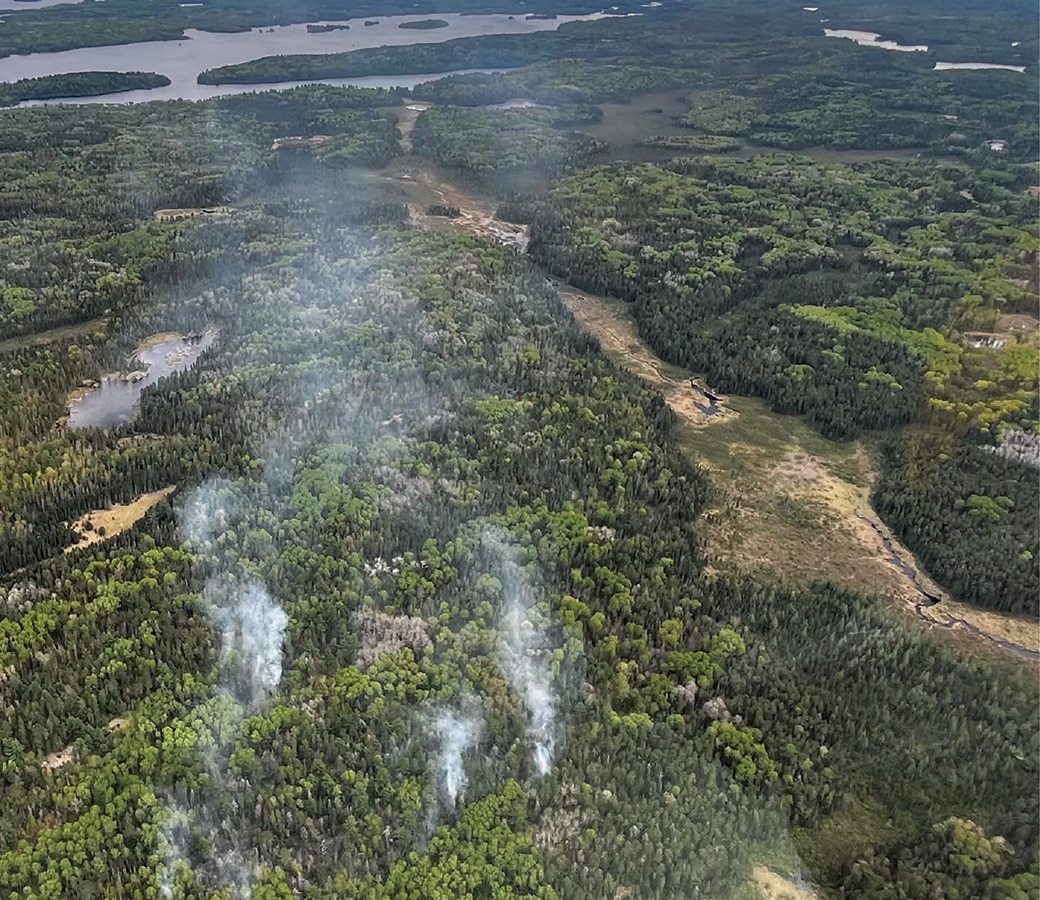
Closure order issued near the Horse River in the BWCAW
A lightning strike sparked a wildfire near the Horse River in the Boundary Waters Canoe Area Wilderness. This comes after an active wildfire season has scorched nearly 30,000 acres in the Superior National Forest this year. The Forest Service has issued a closure order for the route along the Dog Sled Portage and has encouraged visitors to avoid the area.
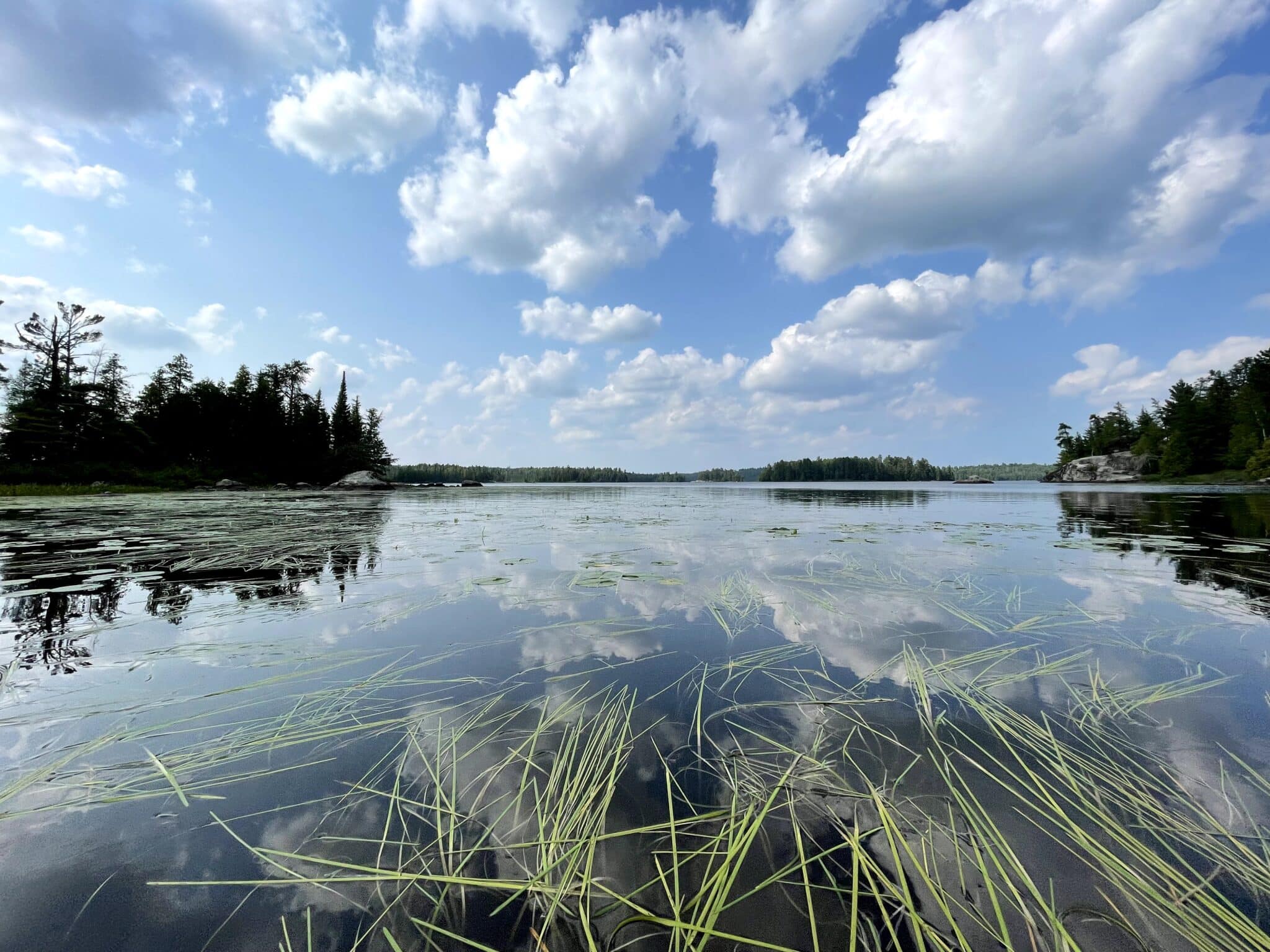
Why you should plan a camping trip to Lake Jeanette this summer
Just 40 miles from Ely, Lake Jeanette offers opportunities for secluded camping, swimming, paddling, and fishing. The Astrid Trail is accessed from the campground, with more than seven miles of hiking and connects four smaller but equally gorgeous lakes.
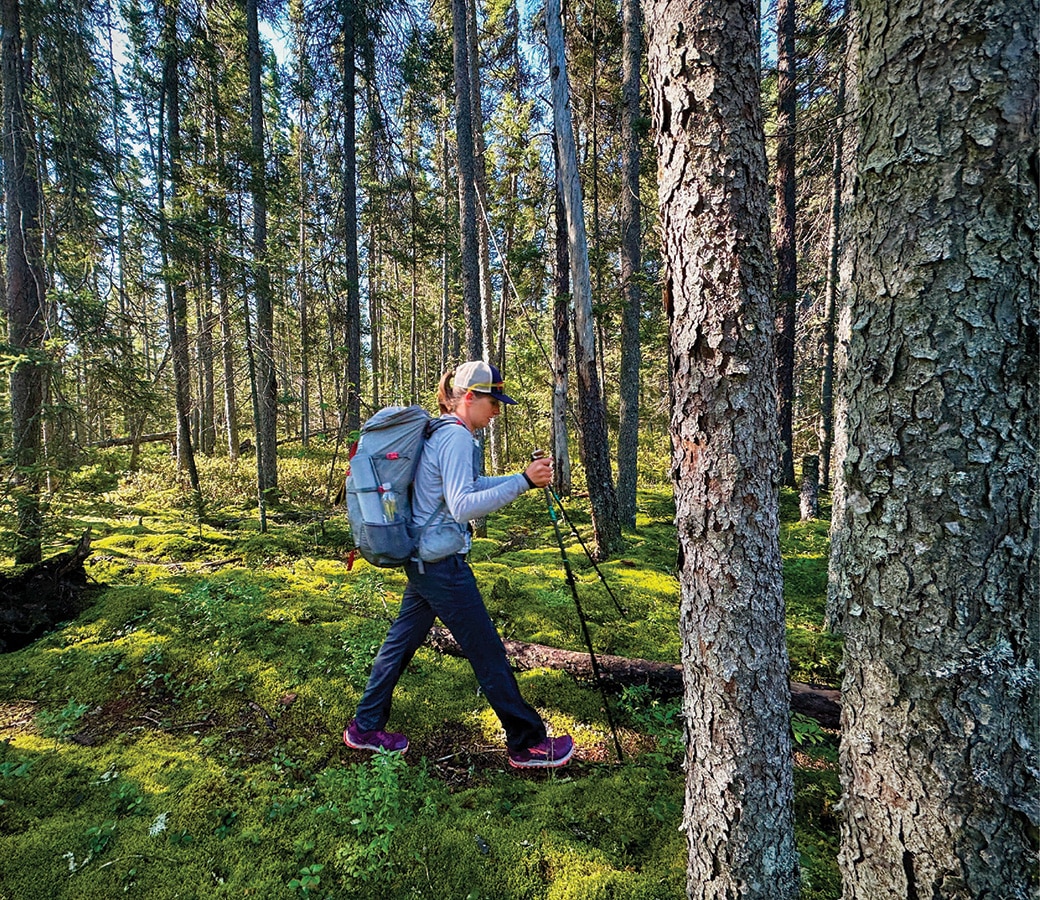
Hiking one of the BWCA’s most remote trails: The Sioux-Hustler
Tucked deep within Minnesota’s Boundary Waters Canoe Area Wilderness, just miles from the Canadian border, the Sioux-Hustler Hiking Trail offers a truly remote experience. This 32-mile loop winds through rugged boreal forest, quiet lakes, and historic logging paths, giving hikers a rare opportunity to experience true solitude. Learn more about the experience and tips for planning your adventure.

Towboat regulations for BWCAW are back in court
Wilderness Watch, an advocacy group for the National Wilderness Preservation System, recently filed another lawsuit against the U.S. Forest Service—Superior National Forest—regarding towboat management in the BWCAW. In an ongoing dispute, they claim that the agency failed to enforce towboat rules and regulations in the wilderness.


